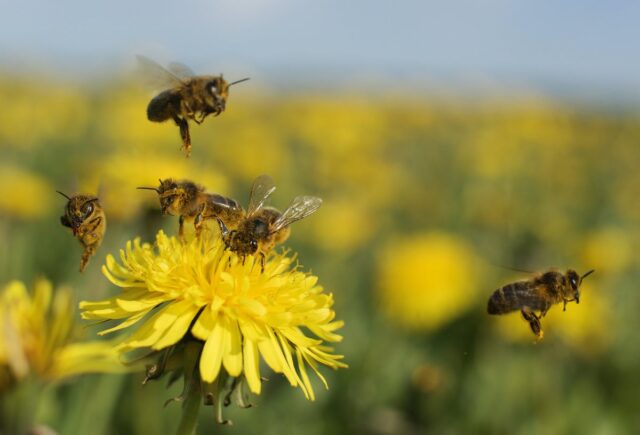
Bees are an vital part of our environment, and they come in a variety of shapes and sizes. There are over 25,000 species of bees around the world, each with their own unique traits and characteristics.
In this article, we will discuss the different types of bees, where they live, and how to tell them apart. We will explore how these insects differ in behavior, food sources, and nesting habits.
Types of Bees
Welcome to the world of bees! As a species, bees have been around for millions of years and they come in many shapes and sizes. Whether it’s the beloved honey bee or the mysterious bumble bee, there are over 20,000 species of these fascinating creatures buzzing around our planet. In this article, we’ll dive into the different types of bees that you can find in your backyard or on a nature walk.
First up is the Apis mellifera or honey bee – one of humanity’s oldest domesticated animals.
1. Honey Bees
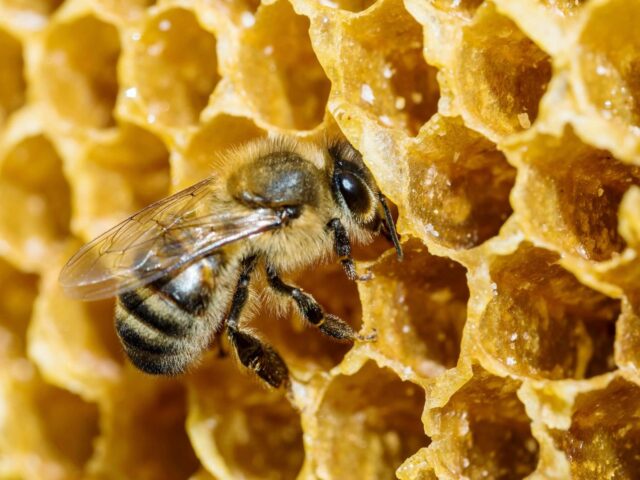
Honey bees are social insects that live in hives and produce delicious honey from flower nectar. Honey bees are among the most important creatures on Earth.
They contribute to the pollination of nearly one-third of all crops, providing us with delicious fruits, vegetables and nuts. Our world would be a much different place without these buzzing insects to help keep our ecosystems healthy and thriving.
Although there are over 20,000 species of bees in the world today, it’s the honey bee which is responsible for most of the pollination that goes on around us. Honey bees have been kept by humans for thousands of years as they provide us with their sweet honey — but their true value lies in their ability to help cultivate a wide variety of plants both commercially and domestically.
2. Bumblebees
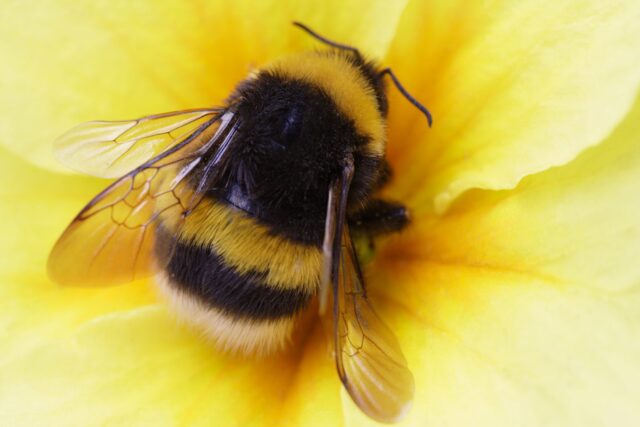
Bumblebees are a vital part of the natural world that we inhabit. As their name implies, they have the unique ability to buzz loudly as they fly from flower to flower, collecting nectar and pollen.
Aside from being one of nature’s most iconic pollinators, bumblebees play an important role in many countries’ ecosystems – providing a crucial food source for birds and other wildlife while helping plants to flourish.
In this article, readers will learn about the three different types of bumblebees found around the globe: Bombus terrestris, Bombus ruderatus and Bombus impatiens.
Bombus terrestris is a large species of bee commonly referred to as ‘the buff-tailed bumblebee.’ These bees are usually black or brown in color with yellow stripes running along their abdomen.
3. Mason Bees
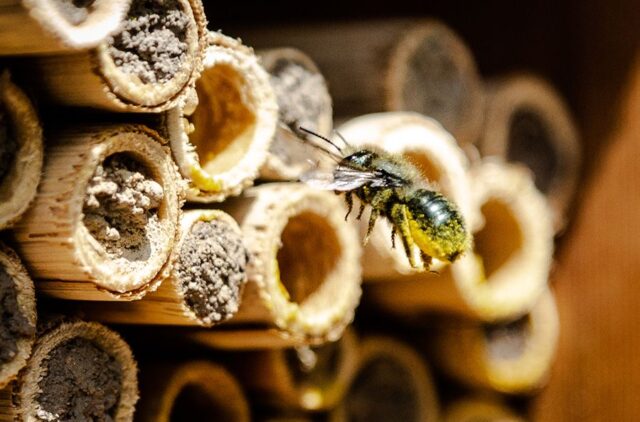
Mason bees are one of the many types of bees that play a crucial role in our environment. These small, solitary insects are native to North America and Europe and feed on the nectar of flowers for food. Mason bees get their name from their habit of building nests in pre-existing holes or walls, similarly to a mason when they build a wall.
These non-aggressive bees have an important job: pollinate plants, trees, and crops. They do this by collecting pollen from flower petals that stick to their furry bodies as they move between flowers.
Mason bees also help to promote genetic diversity within species by transferring pollen from one plant to another during pollination. Additionally, these hardworking creatures have an incredibly fast flight speed compared to other bee species – some can fly up to 25mph!
4. Stingless Bees
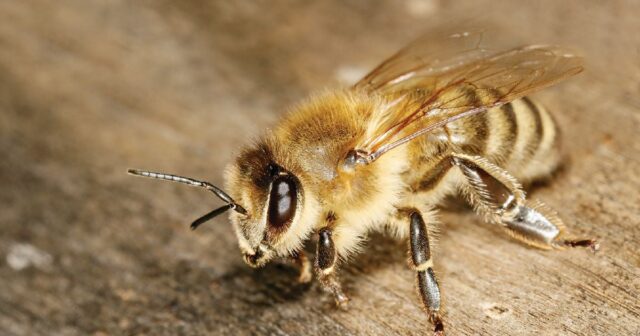
Stingless bees may be the smallest members of the Beeworld, but their presence is vital to the planet. These tiny pollinators are an integral part of many ecosystems, and their numbers have been in decline for years. It’s time to take a closer look at stingless bees and learn more about what makes them so important.
5. Leafcutter Bees
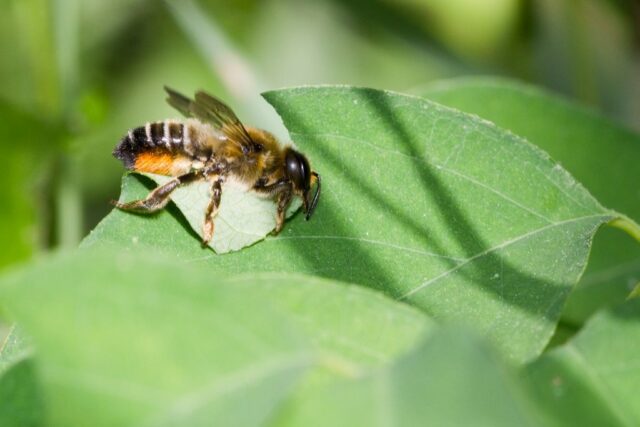
The world of bees is a fascinating and diverse one, with many different types and species of bees. Leafcutter bees are among the most interesting of these species. These solitary, ground nesting bees use leaves to create their nests in holes in the ground or other cavities such as old beetle galleries in wood.
They use their sharp mandibles to cut circular pieces from leaves which they then assemble into brood cells within the nest. Unlike honeybees, leafcutter bees do not produce honey or live in colonies; rather, they are solitary creatures that live alone.
Despite not producing honey like other bee species, leafcutter bees play an important role in pollination as they move from flower to flower collecting nectar and pollen for their young. This activity helps plants reproduce by aiding in the transfer of pollen between flowers on different plants.
How many eyes do Bees have
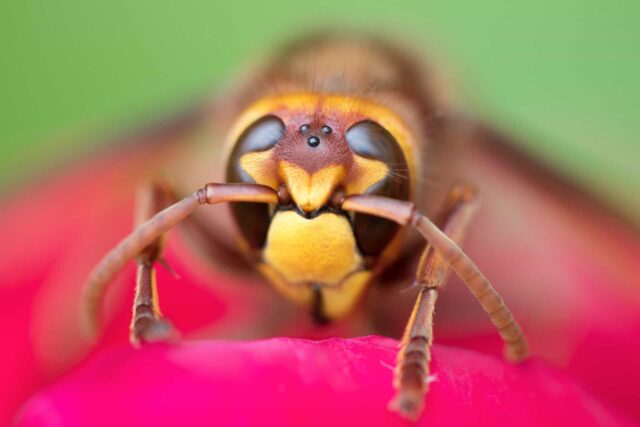
Beekeeping has been a passion of many for centuries and it’s no wonder why. Bees are one of the most complex creatures in the insect world, from their behavior to their physical attributes. One source of curiosity is how many eyes do bees have?
It turns out that all bees actually have five eyes! There are two large compound eyes that contain thousands of lenses and three small ocelli eyes that can sense light intensity but cannot make out shapes or details.
These five eyes provide an expansive range of vision to enable them to assess their surroundings quickly and accurately. This helps bees find food, build nests, communicate with other members of the hive, and even protect against predators.
The wide-angle view they get from having so many eyes is also incredibly important when they’re on the lookout for potential mates!
Conclusion
The world of bee species is a vast and fascinating one, with many different types of bees found in various regions around the globe. In order to gain an introduction into the beeworld, it is important for us to understand the different types of bees that exist.
This article has discussed some of the most common bee varieties, from honeybees, bumblebees and stingless bees to mason bees and carpenter bees.
Each type of bee plays a crucial role in pollination as well as our own food production, making them essential members of both natural and agricultural ecosystems.
Without these buzzing creatures we would not be able to enjoy such a wide variety of fruits and vegetables or see beautiful flowers in bloom! Through this information on different kinds of bees, we can now appreciate their importance within our environment even more deeply.









